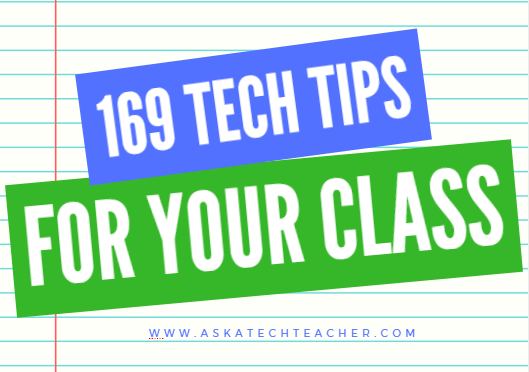Top Grant Sources to Bring Technology to Under-Resourced Classrooms
In today’s classrooms, technology is more than a supplement — it’s a necessity. From digital literacy tools to interactive learning platforms, access to reliable technology helps level the educational playing field. However, for many under-resourced schools, affording updated tech remains a major hurdle. Fortunately, a range of grants is available to help educators bring powerful digital tools into their classrooms.
This guide outlines top grant sources dedicated to supporting technology in education, with a special focus on schools in economically disadvantaged areas.
The Realities of Under-Resourced Communities
Before diving into funding sources, it’s important to acknowledge the broader context many schools face. In under-resourced communities, limited school budgets often coincide with other challenges, such as food insecurity, lack of transportation, and especially a shortage of stable, affordable housing.
Housing insecurity, including overcrowding, frequent moves, or even homelessness, can disrupt a student’s ability to attend school consistently, concentrate in class, or complete homework at home. For many students, school may be the only place where they have access to reliable internet, a quiet space to learn, or even a working device. When families are struggling just to keep a roof over their heads, it becomes even more critical that schools can offer strong in-class technology support.
This is where technology grants can make a major impact. By equipping classrooms with up-to-date devices and digital tools, educators can provide a more stable and equitable learning environment — one that compensates, in part, for the challenges students face outside the school walls.
Writing a Strong Grant Proposal
No matter the grant, your proposal should clearly outline:
- The specific technology needed
- How will it impact students
The plan for implementation - How you measure success
Consider including demographic data or community context, such as housing instability or lack of home internet access, to demonstrate the urgency and impact of your request.
DonorsChoose
DonorsChoose connects teachers directly with donors who want to help fund classroom projects. Educators can post a specific need, such as tablets, headphones, or robotics kits, and donors choose which projects to support. It’s especially effective for tech requests that are clear, immediate, and student-focused.
Why it works: Teachers maintain control over how the funds are spent, and the platform often matches donations for projects in high-need schools.
The American Library Association (ALA) Grants
The ALA offers a variety of grants focused on improving access to learning resources and digital equity. Their programs often support school libraries with funding for digital tools, eBooks, and tech-driven learning environments.
Ideal for: Schools seeking to integrate technology through their libraries or media centers.
National Education Association (NEA) Foundation Grants
The NEA Foundation provides grants to public school educators for projects that improve student learning. This includes classroom tech initiatives, especially those promoting equity and innovation.
Bonus: Preference is often given to projects that help close achievement gaps and improve outcomes in underserved communities.
Rural Technology Fund
For schools in rural or remote areas, the Rural Technology Fund offers direct support for introducing computer science, engineering, and digital literacy into classrooms. They donate hardware, fund curriculum materials, and sometimes offer training for teachers.
Target audience: Small or rural school districts with limited access to STEM resources.
State Department of Education Tech Grants
Many state education departments offer annual or semi-annual grant opportunities specifically for classroom technology. These grants can be competitive but often have a broader funding range.
Pro tip: Stay connected with your state’s education website and newsletter to apply early and align your proposal with state priorities.
Creating Opportunity Through Access
Bringing technology to under-resourced classrooms doesn’t happen overnight, but the right funding can spark real change. By understanding both the external challenges students face and the tools that can help overcome them, educators are better equipped to advocate for what their classrooms truly need. Through thoughtful grant applications and strategic planning, it’s possible to create more equitable, engaging, and future-ready learning environments — even in the most underfunded settings.
Here’s the sign-up link if the image above doesn’t work:
https://forms.aweber.com/form/07/1910174607.htm
“The content presented in this blog are the result of creative imagination and not intended for use, reproduction, or incorporation into any artificial intelligence training or machine learning systems without prior written consent from the author.”
Jacqui Murray has been teaching K-18 technology for 30 years. She is the editor/author of over a hundred tech ed resources including a K-12 technology curriculum, K-8 keyboard curriculum, K-8 Digital Citizenship curriculum. She is an adjunct professor in tech ed, Master Teacher, freelance journalist on tech ed topics, and author of the tech thrillers, To Hunt a Sub and Twenty-four Days. You can find her resources at Structured Learning.






































